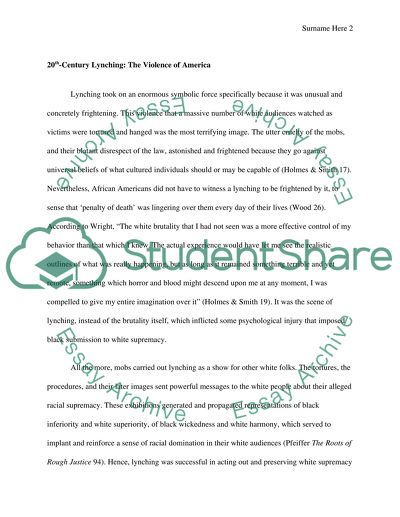Cite this document
(“Why was violence so intence in the late 20th centry in America Essay”, n.d.)
Retrieved de https://studentshare.org/english/1472840-why-was-violence-so-intence-in-the-late
Retrieved de https://studentshare.org/english/1472840-why-was-violence-so-intence-in-the-late
(Why Was Violence so Intence in the Late 20th Centry in America Essay)
https://studentshare.org/english/1472840-why-was-violence-so-intence-in-the-late.
https://studentshare.org/english/1472840-why-was-violence-so-intence-in-the-late.
“Why Was Violence so Intence in the Late 20th Centry in America Essay”, n.d. https://studentshare.org/english/1472840-why-was-violence-so-intence-in-the-late.


